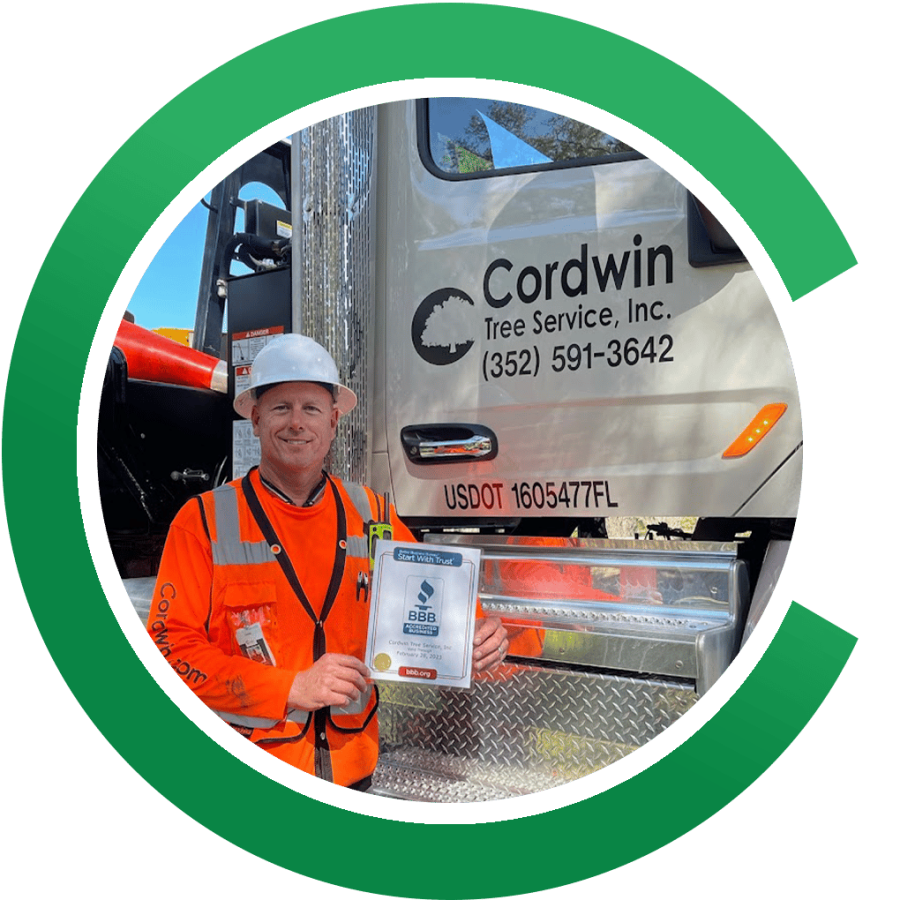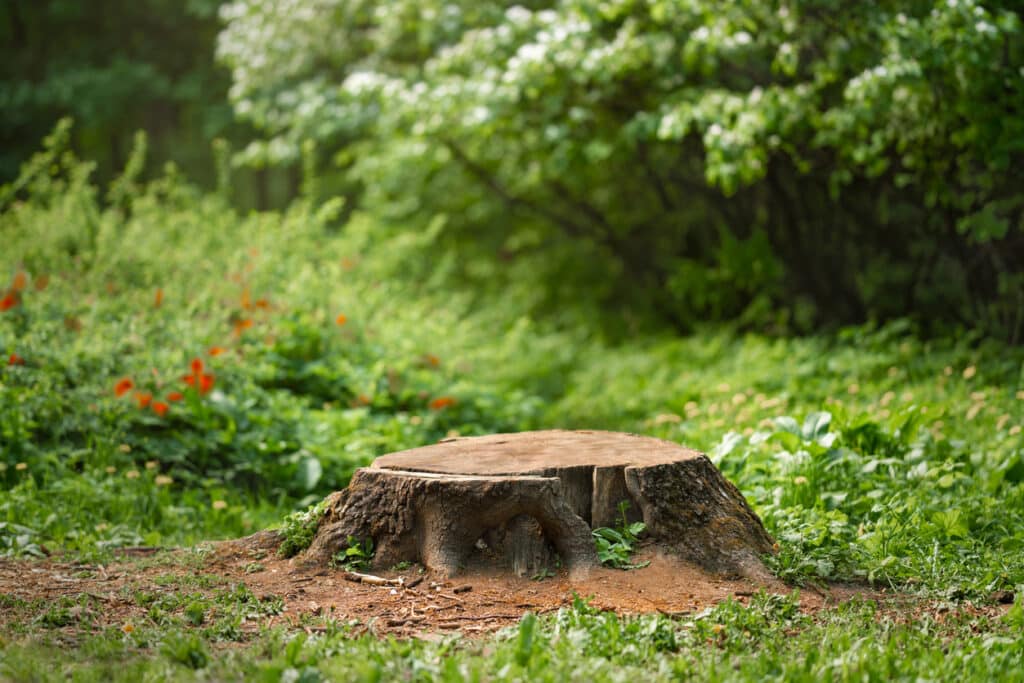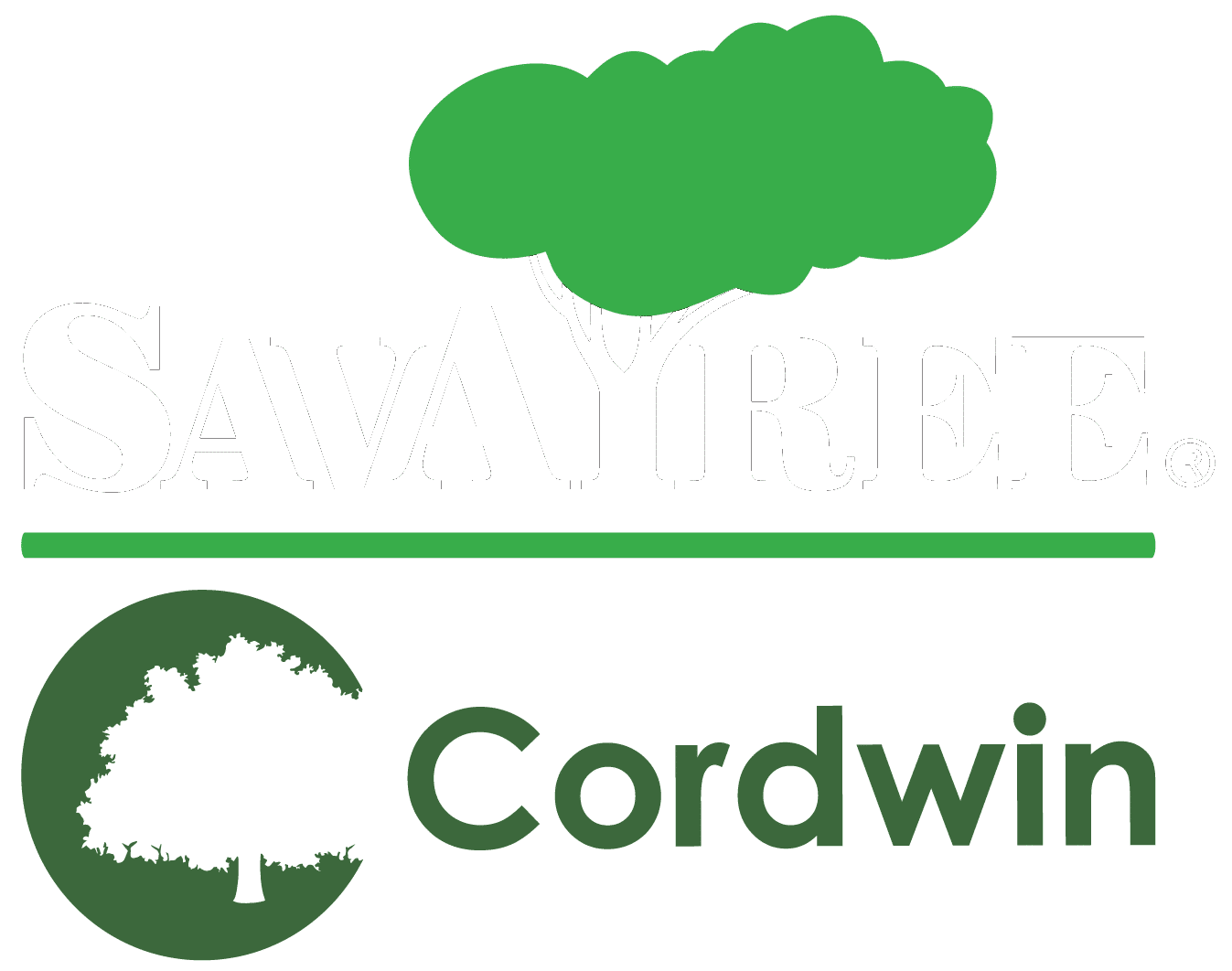Removing a tree can significantly alter the environment of your yard. Whether the tree was in the way, overgrown, or diseased, taking it out impacts everything from sunlight exposure to soil composition. One essential step in lawn recovery is proper fertilization. Unfortunately, it’s not as easy as throwing down some bags of lawn food.
Understand the Impact of Tree Removal
Trees have a substantial impact on the soil surrounding them. They compete with your grass for water and nutrients, and they can even alter pH levels over time. After a tree is removed, the soil’s nutrient balance shifts. Additionally, leftover decaying roots, wood chips, and sawdust can temporarily tie up the soil’s nitrogen, making it more difficult for grass to thrive.
Remove Debris and Level the Soil
Before applying fertilizer, ensure your area is level and free from debris. Clear out roots, sawdust, and any remaining wood chips from stump grinding. These materials can inhibit grass growth while also interfering with adequate fertilization. You may also need to identify low spots where the tree used to be and fill them in to ensure your lawn surface is even.
Test Your Soil First
A soil test is always a smart step because tree roots can significantly impact the nutrient content and pH of the surrounding soil. Guessing your lawn’s needs can result in wasted effort or over-fertilization. A soil test tells you specifically what amendments your lawn and soil could benefit from, whether it’s more lime, phosphorus, or nitrogen.
Choose the Right Fertilizer
After testing, you’ll know your lawn’s specific needs and conditions. Use that information to identify a slow-release fertilizer that suits your particular circumstances. If you have low nitrogen levels because of decaying wood matter, then using a nitrogen-rich fertilizer can help even grass regrowth. Organic options, such as natural lawn fertilizers or compost, can be beneficial without stressing the soil while it recovers.
Time Your Fertilization Wisely
Don’t fertilize immediately following tree removal. Allow several weeks for the soil to stabilize. That’s also the time for decomposing materials to start breaking down. Early spring or late fall are good times to fertilize, when grass is actively growing and best able to absorb nutrients.
Successful Recovery Is Possible
Tree removal always has the potential to damage your lawn, but with proper care and fertilization, your yard can recover beautifully. In many cases, it may even be healthier than it initially was. If your property is in Ocala, FL, schedule tree removal services with the experts of Cordwin Tree Service. You’ll get reliable and practical work that gives you peace of mind.







